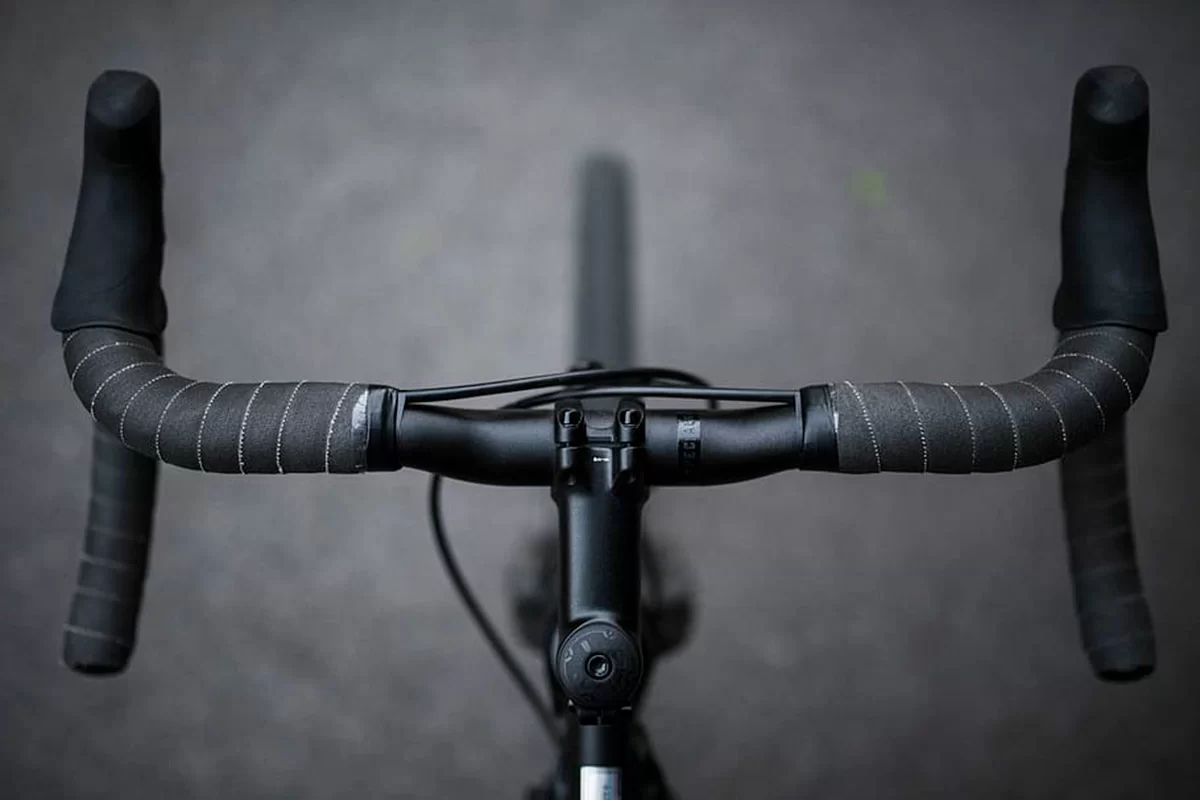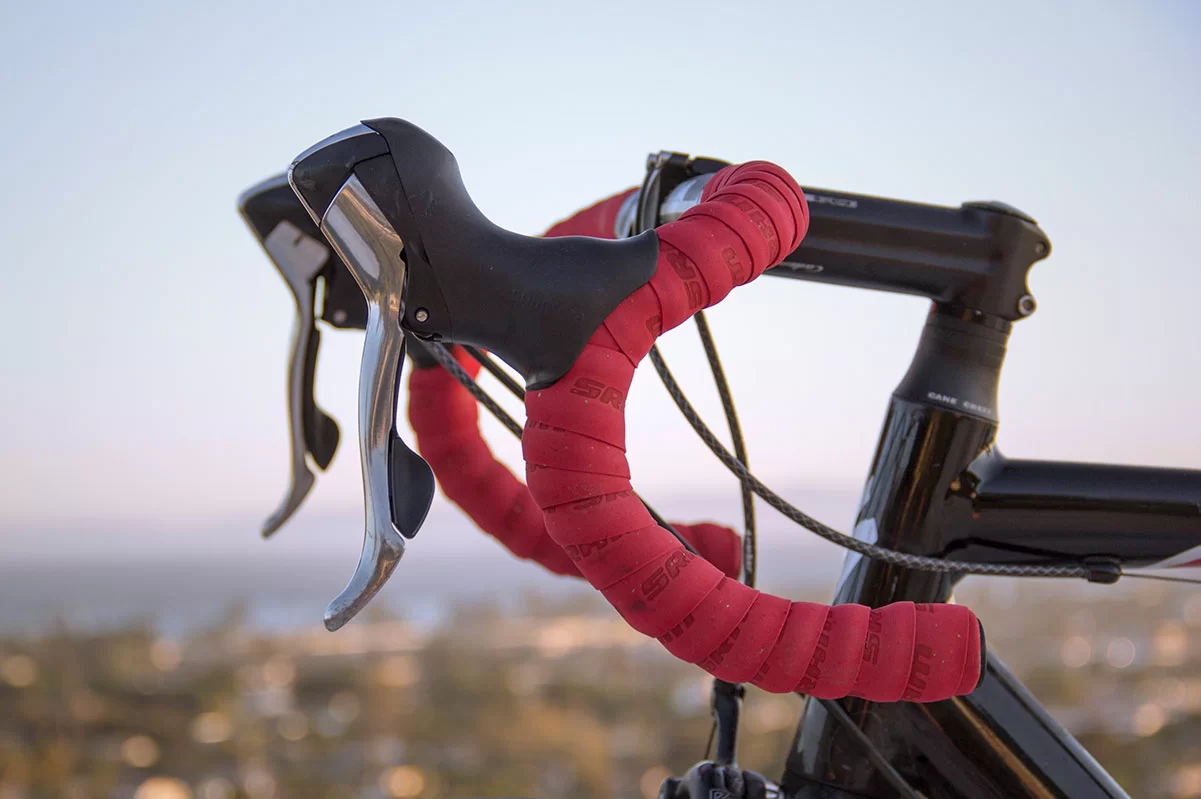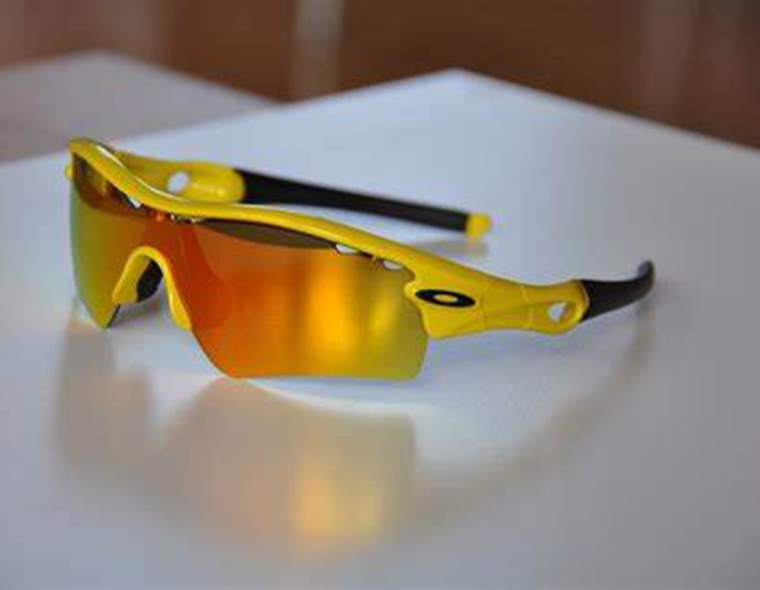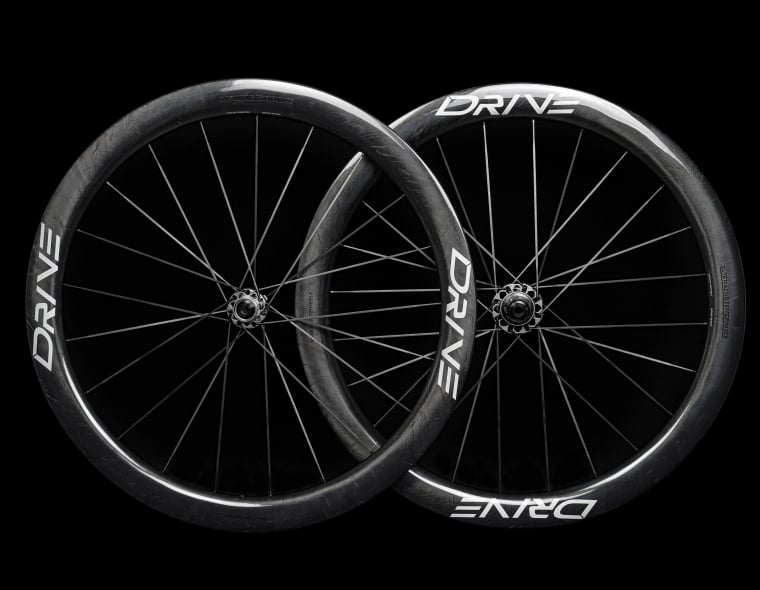Rider Position Matters More Than You Think
It is known that the rider makes up around 80% of the aerodynamic drag. The bike and the wheels make up the roughly 20% remainder. A set of aero carbon wheels are by far the biggest improvement you can make to your bike in order to reduce drag. A aero carbon frame can also make a difference, but let’s be honest, the elephant in the room is the drag caused by the rider and his/her clothing. How the rider is positioned on the bike can make a huge difference. TT bikes can put you in an aero position, but for riders on a normal road bike, the handlebars make the biggest difference.

Standard Handlebar Widths
This article will focus on drop handlebars found on road and gravel bikes, rather than flat bars found on mountain bikes, city bikes, etc… In general, most bikes come stocked with handlebars with widths between 40cm-44cm. Larger bikes tend to be stocked with 44cm handlebars, and smaller ones 40cm. These two numbers are not the limits however. There are plenty of options between 36-46cm. Some larger riders might prefer something larger, while smaller riders or those looking for something more aero might choose something smaller.

Pros of Narrow Handlebars
It has been found that lower the stem on a bicycle by 2cm can reduce the rider’s wind resistance by up to 5%. Having narrower handlebars can, in theory, produce a similar effect. This is perhaps their most significant advantage. Narrow handlebars also offer the benefit of being able to be ridden in tighter spaces, such as being among a group of riders.
Another way in which narrower bars can assist the rider is due to the fact that may riders will bend their elbows while riding to get more aero and even to absorb shock. Handlebars that are too wide can cause shoulder pains as elbows can articulate well inward, rather than outward. Finally, there is a weight savings. While many might think this is a trivial reason to opt for narrower handlebars, the weight saving is often more than just a few centimeters of material. Wider handlebars exert extra leverage, meaning they need to be reinforced to pass fatigue testing.

Pros of Wide Handlebars
Just like narrower handlebars, wide ones have their advantages. They allow for extra stability as the offer the rider greater leverage and control. This can be especially helpful for newer riders or those who ride in certain conditions that require delicate maneuvering. Furthermore, wider handlebars can be more comfortable to those who lock their elbows when riding. If your handlebars are too narrow, your shoulders could feel strained. Handlebars that are wider than your shoulders feel more comfortable if your elbows are locked.
Summary
Your handlebar width, just like all other decisions about your bike, is very personal. Not every rider is the same, so they should find what works best for them. Today, there are so many options, that riders can choose what is right for them. It is recommended that most riders do not choose something exceedingly wide or narrow, as to keep the rider comfortable as well as safe.




